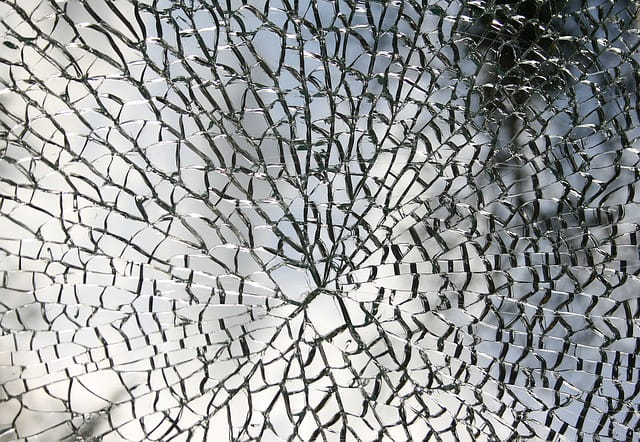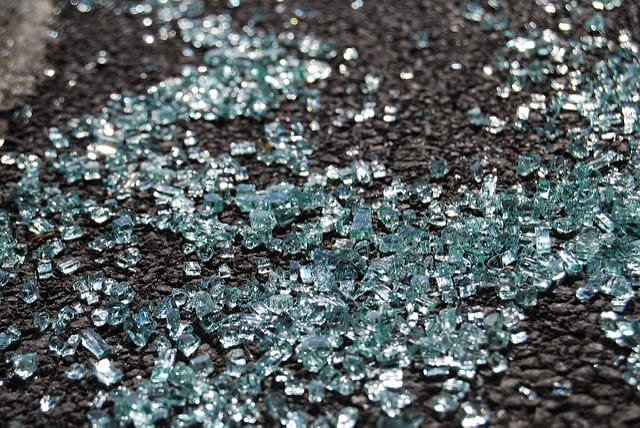In modern architecture, glass is an essential material as it provides flexibility and aesthetics to the structure. Glass is a versatile material which is used in building industry since ancient times. Ordinary float glass has excellent durability in normal conditions.
But it fails when high wind loads or thermal stresses are applied. In such cases, toughened or tempered glass is used. Toughened glass is a processed glass, which has more strength than float glass. Here we have given brief information on toughened glass, its properties and applications, which homeowners should know before buying glass for their house.

Toughened glass is also known as tempered glass is a processed glass which is four to five times stronger than float glass. Due to its strength, it is used for safety purposes, hence it is also called safety glass or tempered safety glass. It is used as structural glass to make glass floors, canopies, safety glazing, balustrades, staircase, etc.
The normal glass or float is cut in required size and is heated in the furnace to a uniform temperature of 620-650 0C and then rapidly cooled. As a result of rapid change in temperature, the strength of glass increases.
Properties of Toughened Glass:
- As compared to normal glass or float glass, tempered glass is 4-5 times stronger. The tempering process does not alter any other property of glass. Hence toughened glass has the same visible light transmission as float glass but has high strength also.
- It can withstand temperature changes up to 250 0C, unlike float glass which can handle temperature differential up to 40 0C only.
- Toughened glass is difficult to break and even if it breaks due to impact, it will shatter into small pieces which are blunt and do not cause fatal injuries. Thus it is widely used as safety glass.


- Tempered glass has high resistance to electric and thermal shock.
- It has high durability and does not have to be replaced throughout the life of the structure.
- Toughened glass cannot be cut or re-sized. Thus before the process of tempering, the glass should be cut to the desired size.
Applications/Uses:
- Tempered glass is used in commercial applications where wind, snow or thermal loads are high, which cannot be handled by normal glass. Many countries worldwide have mandated the use of toughened glass in high rise buildings as they can support heavy load easily.
- Toughened glass is also used in windshields of sports cars, which operate on high speed frequently.
- Toughened glass can be combined with tinted glass, laminated glass, insulated glass units, etc. and can be easily used in various elements of a building. It is used for escalator side panels, handrails, balustrades, glass floors, roofs, skylight glazing, curtain walls of high rise buildings, and viewing partitions of sports complexes, resorts, and airports, etc.
- Toughened glass is combined with laminated glass to make bulletproof glass. Several layers of glass with more thickness are used in bulletproof glass. It is used in places which have national and international importance and also for the security of important people.

